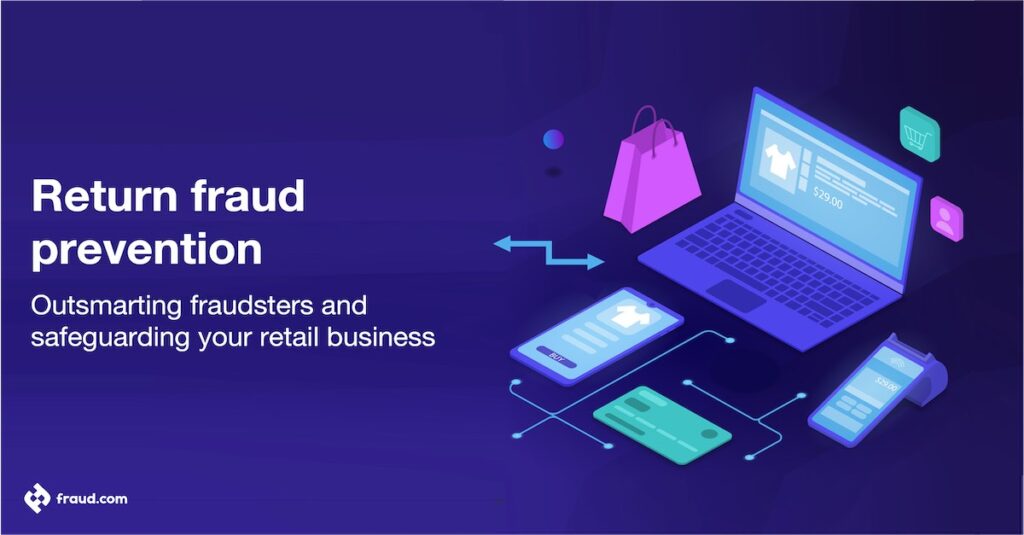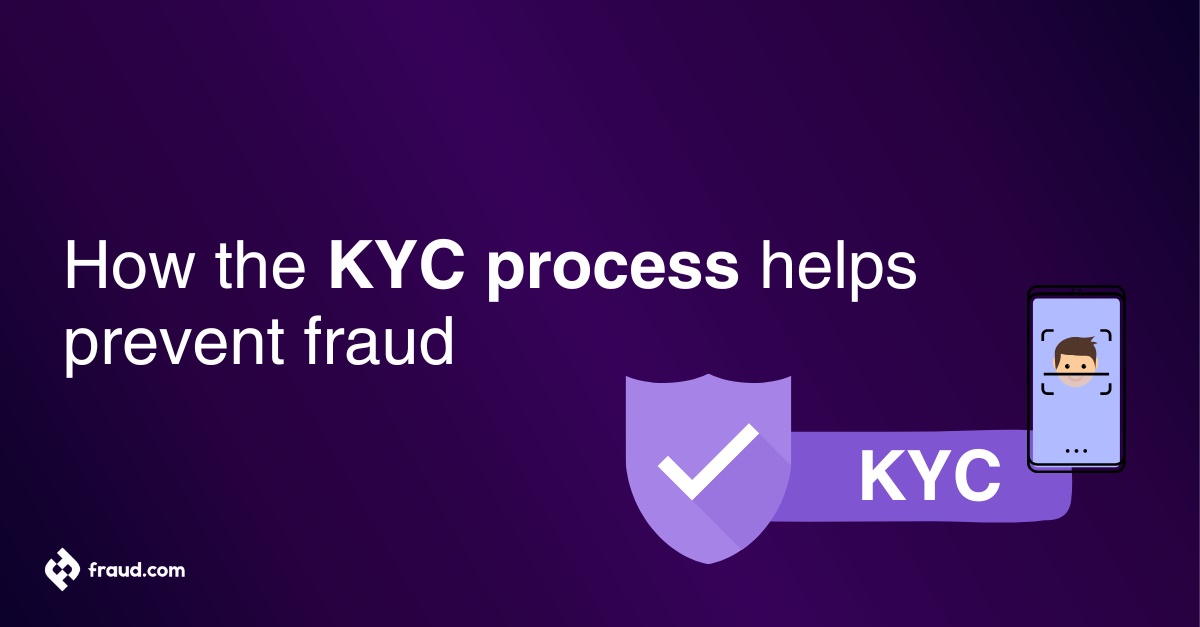Returns are common in retail. They give customers the opportunity to exchange or receive refunds for items they are not happy with. However, not all returns are genuine, and return fraud has become an increasingly prevalent issue for retailers.
Return fraud can have a major effect on a retailer’s finances. This includes returning items that have been worn or used, as well as using counterfeit receipts or stolen merchandise. We will explore return fraud in this article. We will learn how to spot it and, most importantly, prevent it from happening to your business.
Table of Contents
ToggleWhat is return fraud?
Return fraud is the intentional and false return of merchandise to a store. This is done so the person can receive a benefit, such as a cash refund, store credit or an exchange. This can include using counterfeit receipts or claiming that the item was purchased when it was actually stolen.
Return fraud can include returning items that are used or damaged as if they were new. Additionally, fraudsters may switch price tags to get a bigger refund.
Return fraud can be costly for retailers, resulting in lost revenue and reduced profitability. Detecting and preventing return fraud can be challenging, the perpetrators may be skilled at concealing their activities. Retailers can reduce the risk of return fraud by implementing policies and procedures that discourage it.
They should also train their employees to recognise potential fraudulent activity. Additionally, they can invest in technology that can detect suspicious patterns. Retailers can protect themselves from the negative impacts of return fraud. This will ensure the integrity of their business, and taking preventative measures is the key.
Types of return fraud
There are various forms of return fraud, which can include:
Wardrobing
A customer buys something with the goal of using it briefly. Afterwards, they return it for a full refund. Special occasion clothing, like prom dresses or tuxedos, is often only used for one night. This is a common occurrence.
Counterfeit returns
People return counterfeit items, like designer handbags or electronics, to a retailer. This is done with the goal of getting a refund for the item. In some cases, the customer may also return a counterfeit item in place of the genuine one.
Stolen merchandise
This occurs when a customer steals merchandise from a store and then attempts to return it for a refund. The customer may use a counterfeit receipt or claim that they purchased the item but lost the receipt.
Price switching
A customer “switches the price tag” when they put a lower-priced item’s tag on a more expensive item. Then, they attempt to return the item for a higher price.
False returns
Return fraud occurs when a customer returns something they never purchased. It can be an item that has been used, damaged, or altered.
Returns without receipts
This type of fraud involves customers who return items without a proof of purchase in order to receive a full refund, leading to refund fraud and receipt fraud
Return fraud can have a significant impact on a retailer’s bottom line, leading to lost revenue, increased costs, and reduced profitability. As a result, it is crucial for retailers to be aware of the various forms of return fraud and take steps to prevent it from happening in their stores.
Return fraud detection
To effectively safeguard your retail business from return fraud, it is crucial to recognise the warning signs and adopt proactive measures. Developing a strong return fraud detection system can substantially minimise the risk of financial losses and protect your business’s reputation.
- Monitor return patterns: Keep a close eye on customers who frequently return items or have a history of suspicious return behaviour. High return rates or repeated fraudulent returns of high-value items can be indicators of potential fraud.
- Implement a return authorisation system. Require customers to provide proof of purchase, such as a receipt or order number. This can deter fraudsters from attempting to return stolen or counterfeit items. This system can also help track returns and identify potential fraudulent activities.
- Train employees: Educate your staff on how to spot counterfeit product returns or tampered packaging. Also, inform them of the common tactics used by fraudsters. Empower them to report any suspicious activities or transactions to management.
- Invest in advanced software to leverage technology. This software can analyse large volumes of transaction data. It can identify anomalies or trends that may indicate return fraud, this is called fraud analysis. Machine learning and artificial intelligence can be highly effective in detecting and preventing fraudulent activities.
- Adopt a clear return policy: Clearly communicate your return policy to customers, including any restrictions or conditions. This can discourage fraudsters from exploiting loopholes or attempting to bypass the system. Make sure your return policy is easy to find in-store and online. Ensure that your staff understand the policy thoroughly.
Stay vigilant to protect your retail business from losses. Implement return fraud detection strategies. Outsmart fraudsters, and safeguard your business. Remember, a proactive approach is key in combating return fraud and maintaining a secure, thriving retail environment.
How to prevent return fraud
Return fraud is a significant challenge for retailers, posing a threat to financial stability and business reputation. It is essential to take a proactive stance to address this problem.
Implement a thorough return policy, use advanced technology, and create a culture of alertness. These steps will be effective in combating this issue. Here are some best practices and strategies for preventing return fraud in your retail business.
- Establish a comprehensive return policy: A well-defined return policy serves as the first line of defence against return fraud. Clearly outline guidelines regarding acceptable conditions for returned items, required documentation, and return timeframes. Display this policy prominently in-store and online, and ensure all employees are familiar with its contents.
- Enhance customer identity verification processes. Verify the identity of customers returning items without a receipt. This can be done by verifying photo identification or obtaining contact information. This helps track returns and deters fraudulent activities.
- Track returns and analyse patterns: Use a returns management system to monitor all returns for suspicious activity. Analyse return patterns to identify potential fraud indicators, such as frequent returns or high-value items being returned repeatedly.
- Conduct random audits: Regularly audit returned merchandise to ensure its authenticity and condition. This practice helps identify instances of counterfeit or used merchandise being returned, allowing you to take appropriate action.
- Implement a return authorisation process: Require customers to obtain a return authorisation number or code before returning an item. This helps track returns more effectively and identify potentially fraudulent activity.
- Invest in technology solutions to detect and prevent return fraud: Examples include AI-driven analytics, machine learning algorithms and RFID tagging. These tools can identify unusual patterns or fraudulent activities early, allowing you to take swift action.
- Collaborate with other retailers: Work closely with other retailers in your industry to share information about return fraud trends and tactics. This collaboration helps all retailers stay informed and better equipped to combat fraud.
- Foster a culture of vigilance: Encourage employees to be vigilant and take ownership of fraud prevention. Provide ongoing training on spotting warning signs of return fraud and empower them to report suspicious activities to management.
To prevent return fraud, a combination of strategies is needed, and a robust return policy should be implemented. Advanced technology should be used.
Additionally, a vigilant workforce should be fostered. Retailers can minimise the risks of return fraud by staying proactive and committed to fraud prevention. This will help them keep a secure and thriving retail environment.
Detecting return fraud with aiReflex
Leveraging advanced technology, such as aiReflex can significantly improve retailers’ ability to detect and prevent return fraud. aiReflex is a sophisticated solution. It uses a multi-layer defence system and explainable AI to detect fraudulent transactions in real-time.
This advanced technology helps ensure secure and reliable online transactions. By analysing data patterns and potential anomalies, aiReflex effectively combats return fraud while simultaneously enhancing customer trust.
Preventing return fraud with Udentify
Udentify is a robust identity proofing and authentication tool that strengthens the verification process for returns. Udentify helps retailers by requiring customers to provide detailed identity information. This helps to confirm the authenticity of the individual and the legitimacy of the return transaction. This powerful tool can deter fraudsters from attempting to exploit the return process, ultimately safeguarding the retailer’s bottom line and reputation.
Retailers can improve their return fraud prevention strategies by integrating innovative solutions such as aiReflex and Udentify. This will increase detection capabilities and create a secure, thriving retail environment. The combination of real-time transaction analysis and robust identity verification ensures a proactive and effective approach to combating return fraud.









